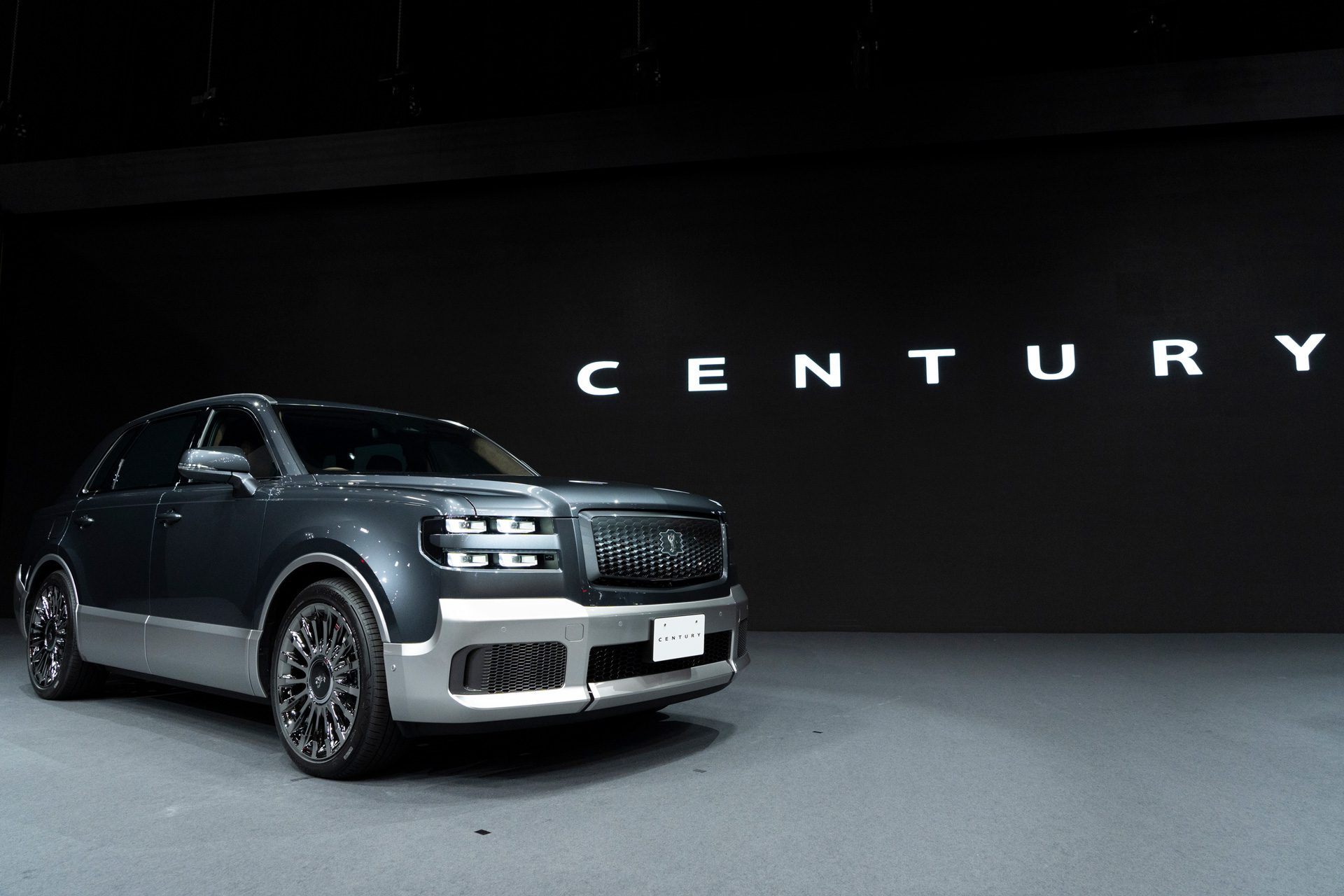Summary
- Toyota is aiming to create a new ultra-luxury brand, Century, to compete with the big names
- First vehicle shown at the Tokyo Motor Show in 2023 in SUV form
- An executive limousine version has also been shown
- Century aims to take advantage of the greater than 5% growth YOY in the ultra-luxury segment expected over the next 7 years
- Faces many challenges, least of all overcoming the Toyota badge meaning “inexpensive and reliable”
- We think Century has a very good chance of becoming a viable option for ultra-luxury customers, with Toyota’s experience with Lexus as a high-luxury and supercar brand
The ultra-luxury car market has traditionally been the playground of esteemed brands such as Rolls-Royce, Bentley, and Maybach. However, Toyota’s foray into this exclusive domain with its new Century ultra-luxury brand has caused some serious discussions within the automotive industry. It will offer two cars, an SUV and an ultra-luxe executive limousine, as their first entries.
Today, we will look at the sales performance of ultra-luxury cars over the past five years, scrutinize the pricing dynamics within this rarified segment, and evaluate the potential impact of Toyota Century’s entry on the existing trends.
No Subscription? You’re missing out
Get immediate ad-free access to all our premium content.
Get Started

